Reasons to Avoid Clearing Forests Near Waterways
- September 17, 2024
- 0 comment
Clearing forests near waterways can have severe and far-reaching consequences. These forested areas play a crucial role in maintaining water quality, supporting diverse ecosystems, and preventing floods. When these natural buffers are removed, it disrupts not only the local environment but also the broader ecological balance. Understanding the reasons to avoid clearing forests near waterways is essential for safeguarding water resources, protecting wildlife, and ensuring long-term ecological health.
What is a Waterway?
The term ‘waterways’ refers to any natural or artificial channel that allows water to flow, typically found in the form of rivers, streams, creeks, and canals. These pathways can vary greatly in size and function, from small tributaries that feed into larger river systems to extensive navigable routes used for transportation and commerce. Waterways are essential for connecting different ecosystems, supporting wildlife habitats, and providing resources for human activities.

In addition to their ecological importance, waterways play a crucial role in managing water resources and mitigating environmental impacts. They help regulate water flow, prevent flooding by absorbing and channeling excess water, and filter pollutants through natural processes. By maintaining the health of these waterways, we ensure the stability of surrounding ecosystems and protect the quality of the water we rely on for drinking, agriculture, and recreation.
7 Reasons Avoid Clearing Forests Near Waterways
1. Impact on Water Quality
Erosion and Sedimentation Deforestation near waterways significantly increases soil erosion, as the protective cover of trees and vegetation is removed. Tree roots bind soil in place, preventing it from washing away during rainfall. Without this natural barrier, exposed soil is more likely to erode and be carried into nearby rivers and streams. This sedimentation can lead to siltation of waterways, which clogs fish gills, reduces sunlight penetration, and disrupts aquatic habitats.
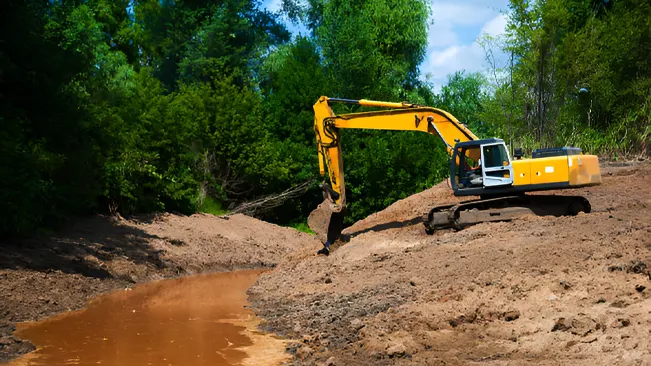
Nutrient Runoff Forests act as natural filters by absorbing and utilizing nutrients from the soil before they can reach waterways. When trees and vegetation are cleared, there is less absorption of these nutrients, leading to increased runoff. This runoff can carry excess nutrients like nitrogen and phosphorus into rivers and streams, causing nutrient pollution. Such pollution can lead to harmful algal blooms, which deplete oxygen in the water and create dead zones detrimental to aquatic life.
2. Disruption of Aquatic Ecosystems
Habitat Loss Forested riparian zones, or the areas adjacent to waterways, provide critical habitat for a wide range of aquatic species. These forested areas offer shelter, breeding grounds, and food sources for fish, amphibians, and insects. When forests are cleared, these habitats are lost, leading to declines in species populations and biodiversity. Aquatic species that rely on these environments for survival face increased threats of extinction and disruption of their life cycles.
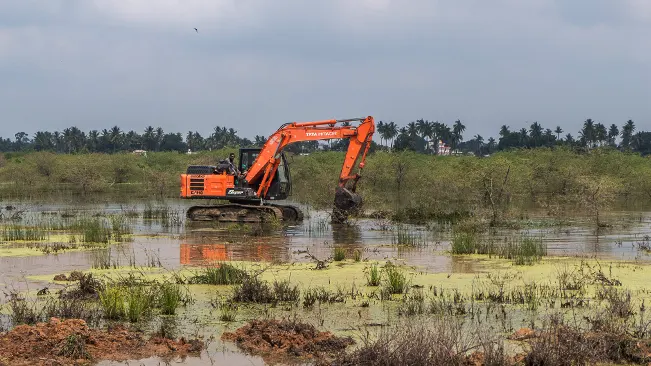
Changes in Water Temperature Trees and vegetation along waterways help regulate water temperature by providing shade. The canopy cover created by these trees prevents direct sunlight from warming the water, maintaining a stable and cool environment suitable for many aquatic species. Without this shading effect, water temperatures can rise significantly, which may harm temperature-sensitive species, disrupt breeding patterns, and alter the ecological balance of the aquatic ecosystem.
3. Increased Flood Risks
Natural Flood Control Forests play a crucial role in mitigating flood risks by absorbing and slowing the movement of water. The root systems of trees help to absorb rainfall and reduce surface runoff, which can prevent or lessen the severity of floods. When forests are removed, this natural flood control mechanism is compromised, leading to increased surface runoff and a higher likelihood of severe flooding during heavy rains.
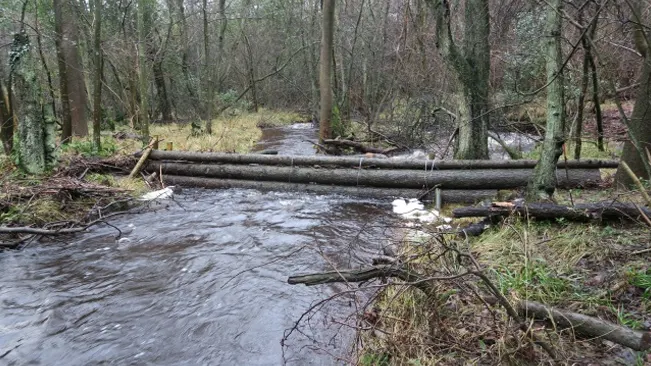
Stream Flow Alterations Deforestation can lead to significant changes in stream flow patterns. Without the interception and absorption of rainwater by forested areas, there is a greater volume of water entering streams and rivers more quickly. This increased flow can lead to higher peak flows and more frequent flooding events. Additionally, the absence of vegetation can lead to altered stream channels and increased erosion, further exacerbating flood risks.
4. Effects on Wildlife
Loss of Biodiversity Forested areas near waterways are home to a diverse array of wildlife species that depend on these environments for food, shelter, and breeding. The removal of these forests results in habitat loss, which can lead to a decline in species diversity and population numbers. Species that are specialized to these forested habitats may face extinction, and overall ecosystem health can be diminished as a result.

Disruption of Migration Routes Many wildlife species, including fish and amphibians, rely on forests near waterways for their migratory routes. Forested areas often serve as critical corridors for animals moving between habitats or breeding grounds. When these forests are cleared, migration routes can be obstructed or fragmented, making it difficult for species to complete their life cycles and potentially leading to population declines or extinctions.
5. Soil Health and Stability
Loss of Soil Structure The roots of trees and other vegetation play a vital role in maintaining soil structure and stability. They help bind soil particles together, preventing erosion and landslides. Without these root systems, soil is more prone to being washed away during rainfall, leading to increased erosion and potential landslides. This loss of soil stability can have detrimental effects on both the land and the adjacent waterways.
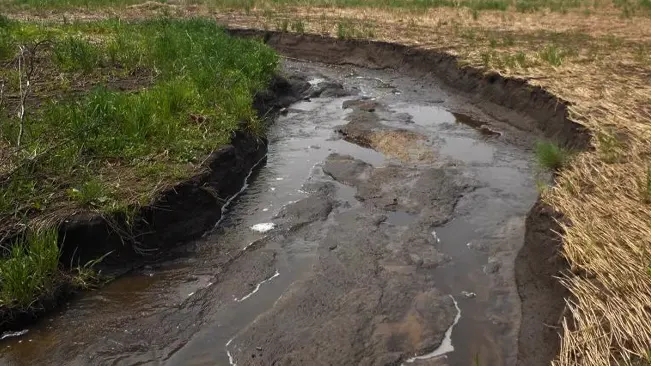
Nutrient Cycling Forests contribute to soil health through nutrient cycling, where decomposed organic matter from leaves, branches, and roots enriches the soil with essential nutrients. When forests are cleared, this natural process is disrupted, leading to a loss of soil fertility. The absence of nutrient cycling can affect plant growth, reduce soil productivity, and impact the overall health of the ecosystem.
6. Climate Change Considerations
Carbon Sequestration Forests are major carbon sinks, absorbing carbon dioxide from the atmosphere and storing it in biomass and soil. When forests are cleared, the stored carbon is released back into the atmosphere, contributing to increased greenhouse gas concentrations and climate change. The loss of forests not only reduces carbon sequestration capacity but also exacerbates global warming.
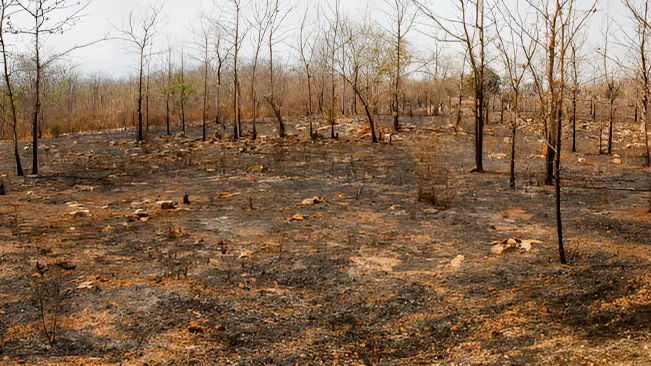
Microclimate Effects Forests influence local microclimates by providing shade, reducing wind speeds, and maintaining humidity levels. The removal of forests can lead to changes in temperature, humidity, and wind patterns, which can impact local weather conditions and ecosystems. These changes can have cascading effects on plant and animal species that are adapted to specific microclimate conditions.
7. Community and Economic Impacts
Local Economy Communities living near forested waterways often rely on healthy ecosystems for their livelihoods. Forests provide resources such as clean water, timber, and recreational opportunities, which contribute to local economies. Deforestation can reduce these resources, leading to economic hardships for communities dependent on them, including reduced income from tourism and fishing.

Recreation and Aesthetics Forests near waterways offer recreational opportunities such as hiking, fishing, and birdwatching, as well as aesthetic value. The removal of these forests can diminish the quality of recreational experiences and reduce the visual appeal of natural landscapes. This loss can affect community well-being and reduce the attractiveness of areas for visitors and residents alike.
Conclusion
In summary, avoiding the clearing of forests near waterways is crucial for maintaining environmental balance and protecting both natural ecosystems and human interests. Forests along waterways play an essential role in preserving water quality, preventing erosion, and mitigating flood risks. They support diverse aquatic and terrestrial wildlife, contribute to soil health, and help regulate local climates. The removal of these forests disrupts these vital functions, leading to negative impacts such as increased sedimentation, habitat loss, and heightened flood risks. By prioritizing the preservation of these forested areas, we not only safeguard the intricate web of life they support but also uphold the resilience of our ecosystems and the well-being of the communities that depend on them.
FAQs
- Why is it important to protect forests near waterways?
Forests near waterways play a critical role in maintaining water quality, preventing soil erosion, and supporting biodiversity. They help filter pollutants, stabilize stream banks, and provide habitat for wildlife. Protecting these areas ensures the health of aquatic ecosystems and the overall balance of the environment. - How does deforestation affect water quality?
Clearing forests near waterways increases soil erosion, leading to higher sedimentation in rivers and streams. This sediment can harm aquatic life by clogging gills and reducing light penetration. Additionally, the loss of vegetation results in higher nutrient runoff, which can lead to harmful algal blooms and water pollution. - What impact does forest clearing have on aquatic ecosystems?
Forest clearing disrupts habitats for aquatic species that rely on forested riparian zones for shelter, breeding, and food. It also alters water temperature by reducing shading, which can negatively affect temperature-sensitive species and overall aquatic health. - How does removing forests increase flood risks?
Forests help mitigate flood risks by absorbing and slowing down rainwater. Without this natural flood control, there is increased surface runoff and a greater likelihood of severe flooding. Deforestation can lead to higher peak flows, more frequent floods, and increased erosion. - What are the effects of deforestation on wildlife?
Deforestation near waterways leads to habitat loss for many wildlife species, reducing biodiversity and threatening species that depend on these environments. It can also disrupt migration routes, making it difficult for animals to find suitable breeding and feeding grounds. - How does deforestation impact soil health?
The removal of trees affects soil stability by reducing root systems that hold soil in place. This can lead to increased erosion and landslides. Additionally, deforestation disrupts nutrient cycling, diminishing soil fertility and affecting plant growth. - What role do forests play in climate change mitigation?
Forests act as carbon sinks, absorbing carbon dioxide from the atmosphere and storing it in their biomass and soil. Clearing forests releases this stored carbon, contributing to increased greenhouse gases and climate change. Forest preservation helps maintain carbon sequestration and mitigate global warming. - How does forest clearing impact local communities?
Communities near forested waterways often rely on these ecosystems for resources such as clean water, timber, and recreational opportunities. Deforestation can lead to economic hardships by reducing these resources and affecting local livelihoods. It also diminishes the aesthetic and recreational value of natural landscapes. - What can individuals do to help protect forests near waterways?
Individuals can support conservation efforts, participate in local environmental initiatives, and advocate for policies that protect riparian forests. Additionally, reducing personal environmental impact and supporting sustainable practices can contribute to the preservation of these critical areas. - Are there any alternatives to clearing forests for development?
Yes, alternatives include adopting sustainable land management practices, using less invasive development techniques, and prioritizing land restoration and conservation. By integrating these practices, it’s possible to balance development needs with environmental protection.

Joel Cunningham
Forestry AuthorI'm Joel Cunningham, an expert in pruning and weed management with over a decade of experience. My skills are rooted in formal training and extensive practice, focusing on advanced pruning techniques and efficient weed control. I'm known for my quality work, precision, and deep understanding of plant health and soil dynamics. My contributions extend to educational initiatives where I share sustainable practices and advice, establishing myself as a reliable and authoritative figure in the gardening community.

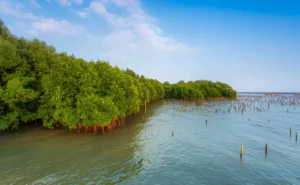


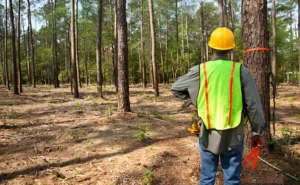
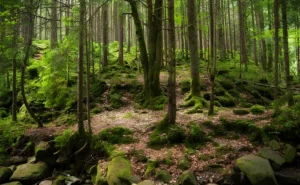





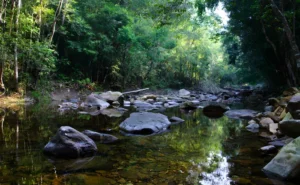
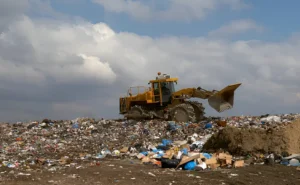
Leave your comment